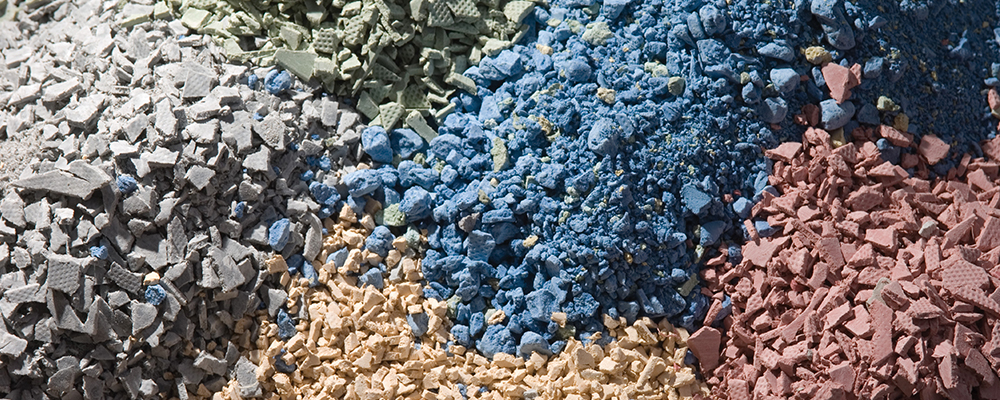
Sustainability
Most of us use polyvinyl chloride (PVC, or vinyl) everyday. Through the Vinyl Council of Australia, the Australian PVC industry shares information about the health, safety and environmental performance of PVC at every stage of its life cycle. This dialogue is an important way for all stakeholders, including the community at large, to help achieve our goal of a sustainable industry.
All materials and products have some impact on our environment regardless of whether they are 'natural' or 'synthetic'. How 'sustainable' a material or product is largely depends on how it is managed and used throughout its life cycle.
In any selection process, products should be assessed based on their merits in terms of fitness for purpose (performance), life cycle cost and life cycle impacts. In many applications, PVC is an ideal choice.
PVC is one of most well researched and tested materials in terms of environmental credentials. At least 60 reputable lifecycle assessments have been conducted on PVC since 1985 with half of these related to building applications. The weight of evidence from these studies confirms that PVC’s environmental credentials are sound compared to alternative materials. Review the section on Life Cycle Assessments for more information about evaluations of PVC.
WATCH VCA's PROMOTIONAL VIDEO HERE
Environmental credentials of PVC include:
Resource Management
Over 50 per cent of PVC's feedstock is derived from salt, an abundantly available resource. The remaining 43% of feedstock - ethylene - comes from petroleum, which means that PVC consumes proportionately less non-renewable fossil fuels than traditional polymers. Salt is the source of chlorine in PVC
Relatively Low Energy Content
Because more than half its feedstock is derived from salt, PVC is considered to be one of the least energy intensive of all thermoplastics and it contributes to the relatively low embodied energy in PVC products compared to many other products.
Material Efficiency
Advances in vinyl formulations have made today’s vinyl products durable, low-maintenance and lightweight, all which translate into reduced use of other materials. For example, high pressure pipes made from oriented PVC (PVC-O) pipes have up to 50 per cent thinner walls while maintaining the same pressure compared to traditional PVC pipes or polyethylene.
Also, through factory and post-industrial recycling, there is little resource wastage during production.
Recycling
PVC is recyclable and recycling programs for PVC occur in Australia, diverting waste from landfill.Check out the pages on Recycling PVC for more detail.
Thermal performance
Vinyl has low thermal conductivity so it can contribute significantly to improving the energy efficiency performance of buildings and reducing greenhouse gas emissions as a result of heating and cooling.
Low maintenance
Vinyl products such as flooring, wall coverings and windows require very little maintenance over their lifespan – both an environmental and economical benefit. PVC windows and cladding, for example, do not require painting or varnishing. Abrasion and impact are not likely to damage PVC, reducing repair. The strength, durability and low maintenance of PVC means products need less frequent replacement, less materials for maintenance and may be made using less material than alternatives.
Taking responsibility for products
Through the Council-led PVC Stewardship Program, companies report on the processes operating at their plants and on their products. The Vinyl Council also receives data on the latest global scientific developments. We endeavour to present research findings in a balanced manner and to update information as new scientific findings are published. We provide information and invite dialogue as part of meeting our commitments within our PVC Stewardship Program.
This section includes information on
Please This email address is being protected from spambots. You need JavaScript enabled to view it. if you have any queries or would like to meet with us to discuss the vinyl life cycle.







